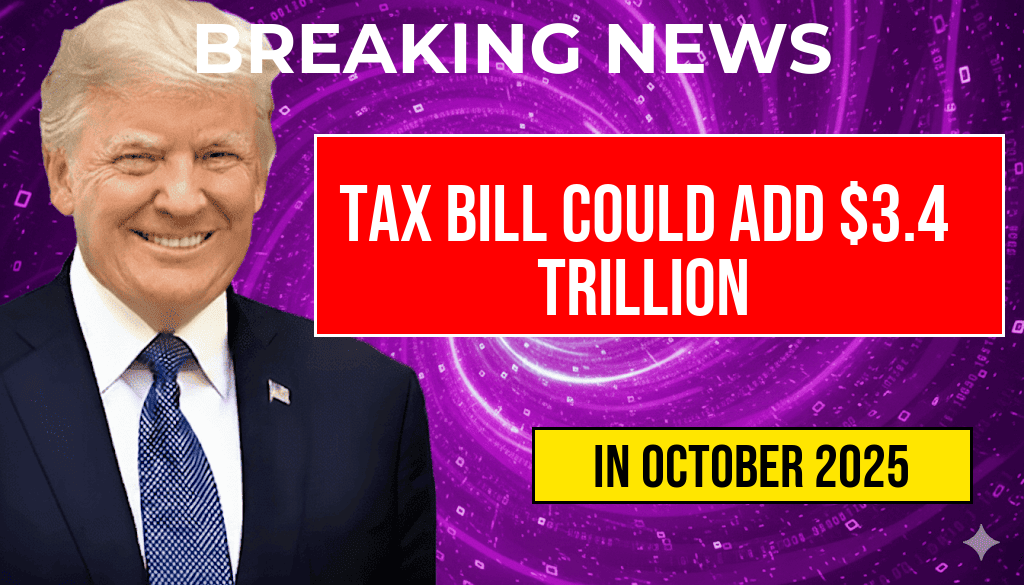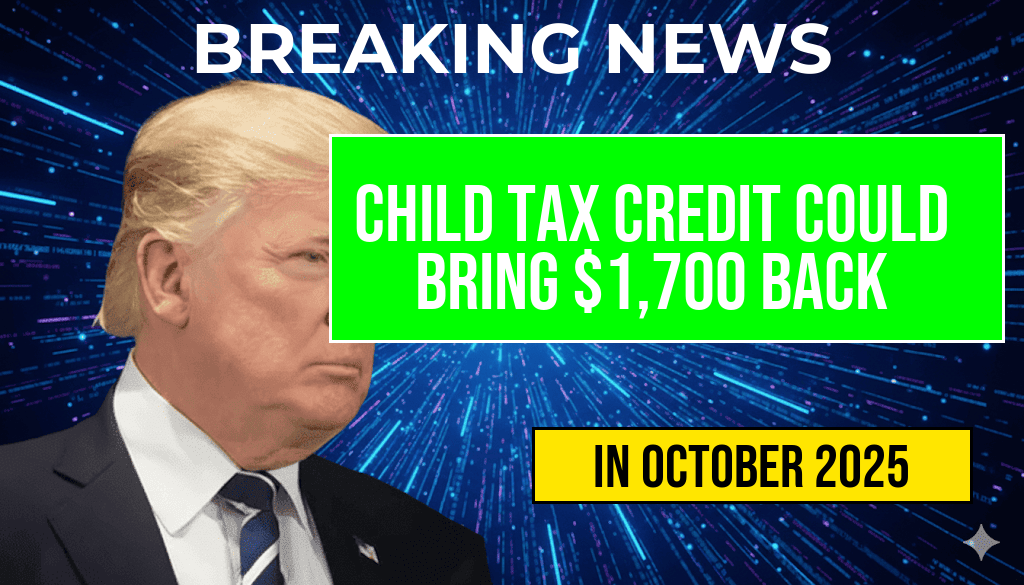Amid mounting scrutiny from fiscal analysts and policymakers, a proposed legislative package dubbed the “One Big Beautiful Bill” has sparked concern over its potential impact on the national deficit. Economists warn that if enacted as currently envisioned, the bill could inflate the federal deficit by approximately $3.4 trillion over the next decade, raising questions about its long-term sustainability. The legislation, which aims to overhaul various sectors including healthcare, infrastructure, and corporate tax policies, has garnered both support and opposition for its ambitious scope. Critics argue that the projected increase in deficit could undermine economic stability and strain future government budgets, while supporters contend it is a necessary investment to stimulate growth. As debates unfold in Congress, financial experts emphasize the importance of scrutinizing the bill’s fiscal assumptions and potential repercussions.
Understanding the Bill’s Scope and Objectives
Key Provisions and Intended Outcomes
- Healthcare reforms: Expansion of subsidies and measures aimed at reducing healthcare costs for middle-income families.
- Infrastructure investments: Significant funding allocated toward modernizing roads, bridges, and public transportation systems.
- Tax policy changes: Major adjustments to corporate tax rates, including proposals to increase the top rate and close loopholes.
- Climate initiatives: Funds dedicated to clean energy projects and carbon reduction programs.
The bill’s architects claim that these initiatives will bolster economic growth, create jobs, and address longstanding infrastructure needs. However, the cost of these measures is projected to substantially increase the federal deficit, raising questions about their fiscal feasibility and long-term impact.
Projected Fiscal Impact and Analysis
Estimating the Deficit Increase
| Year | Estimated Deficit Increase (in trillions of dollars) |
|---|---|
| 2024 | $0.3 |
| 2025 | $0.4 |
| 2026 | $0.4 |
| 2027 | $0.4 |
| 2028 | $0.4 |
| 2029 | $0.4 |
| 2030 | $0.3 |
| 2031 | $0.3 |
| 2032 | $0.3 |
| 2033 | $0.2 |
| 2034 | $0.2 |
Economists from institutions such as the Congressional Budget Office (CBO) have projected that the cumulative increase in the deficit could reach $3.4 trillion over the next ten years. These estimates consider the bill’s proposed revenue measures and spending commitments, but acknowledge uncertainties related to economic growth rates and implementation costs.
Concerns from Fiscal Watchdogs and Experts
Risks to Long-Term Fiscal Health
Many financial analysts caution that a substantial increase in the deficit could have ripple effects across the economy. Elevated debt levels may lead to higher interest rates, crowding out private investment and potentially hampering economic expansion. Additionally, a ballooning deficit could diminish the government’s flexibility to respond to future crises or fund essential programs.
“While investments in infrastructure and social programs are crucial, the fiscal approach must be balanced with sustainable revenue strategies,” said Dr. Laura Jenkins, a senior economist at the Council on Foreign Relations. “An aggressive increase in borrowing without clear pathways to fiscal responsibility could undermine the very growth these investments aim to stimulate.”
Political Dynamics and Public Debate
Partisan Reactions and Legislative Outlook
Supporters of the bill argue that it represents a bold step toward revitalizing the nation’s economy and addressing pressing infrastructure needs. They emphasize the importance of strategic investments that can yield long-term economic dividends, even if they temporarily expand the deficit.
Opponents, however, contend that the bill’s deficit-expanding nature could exacerbate national debt levels, potentially leading to higher taxes or spending cuts in the future. Some lawmakers are calling for more targeted approaches and revenue-raising measures to offset the costs.
“We need to be cautious about proposals that dramatically increase our debt without clear mechanisms for repayment,” said Senator Mark Reynolds. “Fiscal discipline should be a priority as we consider these sweeping reforms.”
Next Steps and Broader Implications
As the legislation moves through congressional committees, the focus will likely shift toward negotiations over funding sources and fiscal safeguards. Stakeholders from financial markets to pension funds will be watching closely, given the potential implications for interest rates, inflation, and overall economic stability.
The debate underscores the broader challenge facing policymakers: balancing the desire for transformative investments with the imperative of maintaining fiscal health. The trajectory of the “One Big Beautiful Bill” could serve as a defining moment in the nation’s fiscal policy trajectory, with lasting effects on its economic future.
Frequently Asked Questions
What is the main concern regarding the “One Big Beautiful Bill”?
The primary concern is that the bill could significantly increase the national deficit by approximately three point four trillion dollars.
How might the bill impact the country’s fiscal health?
By potentially adding to the deficit, the bill could affect the country’s fiscal stability and lead to increased debt levels over time.
What are the potential economic consequences of increasing the deficit?
An increased deficit may result in higher interest rates, reduced public investment, and greater financial uncertainty in the economy.
Who are the main stakeholders concerned about the bill’s impact?
Stakeholders include taxpayers, fiscal policymakers, economic analysts, and government officials who are concerned about budget sustainability.
Are there any proposed measures to offset the potential increase in the deficit?
Some proposals include tax reforms, spending cuts, or revenue enhancements to counterbalance the potential deficit growth.






